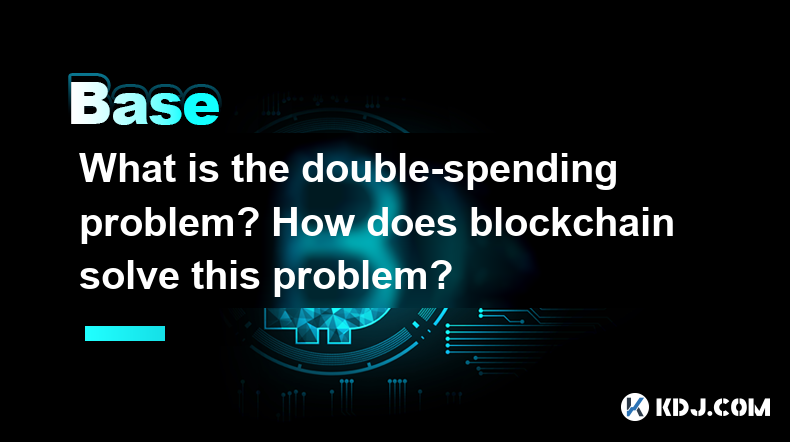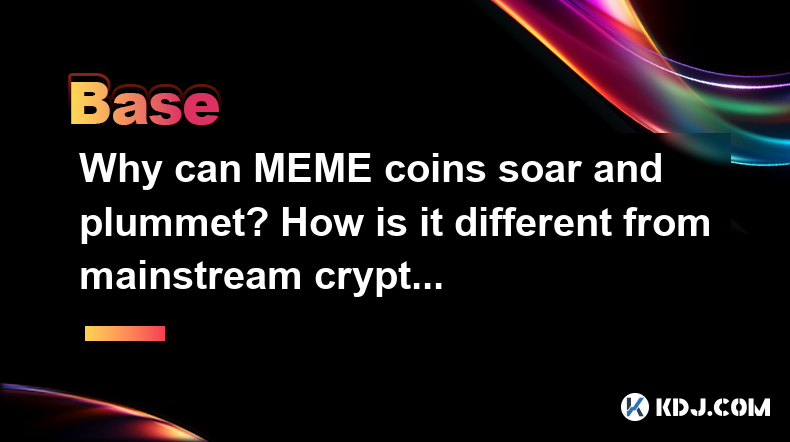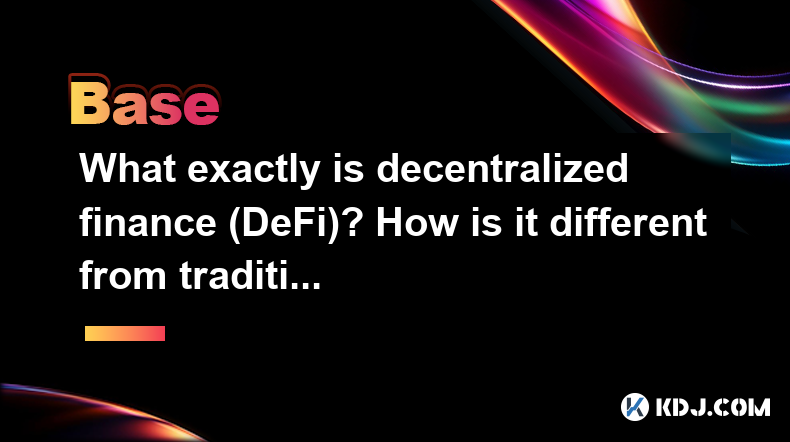-
 Bitcoin
Bitcoin $83,523.5086
0.19% -
 Ethereum
Ethereum $1,812.4637
-0.35% -
 Tether USDt
Tether USDt $0.9997
-0.01% -
 XRP
XRP $2.0714
1.26% -
 BNB
BNB $597.1799
-0.96% -
 USDC
USDC $1.0000
0.00% -
 Solana
Solana $117.3332
-1.14% -
 Dogecoin
Dogecoin $0.1653
0.22% -
 Cardano
Cardano $0.6598
1.67% -
 TRON
TRON $0.2384
1.30% -
 Toncoin
Toncoin $3.5295
-6.29% -
 UNUS SED LEO
UNUS SED LEO $9.3919
-0.36% -
 Chainlink
Chainlink $12.9924
0.15% -
 Stellar
Stellar $0.2615
-0.14% -
 Avalanche
Avalanche $18.5165
0.77% -
 Sui
Sui $2.2403
-2.65% -
 Shiba Inu
Shiba Inu $0.0...01227
0.33% -
 Hedera
Hedera $0.1633
0.24% -
 Litecoin
Litecoin $84.4347
0.79% -
 Polkadot
Polkadot $4.0746
1.71% -
 Bitcoin Cash
Bitcoin Cash $308.4069
1.35% -
 MANTRA
MANTRA $6.3375
-0.49% -
 Bitget Token
Bitget Token $4.5061
-0.56% -
 Dai
Dai $1.0000
0.00% -
 Ethena USDe
Ethena USDe $0.9995
-0.03% -
 Monero
Monero $215.5260
0.65% -
 Hyperliquid
Hyperliquid $11.7177
-1.56% -
 Uniswap
Uniswap $5.9675
-0.42% -
 Pi
Pi $0.5475
-13.02% -
 Aptos
Aptos $5.0529
-3.27%
How does DAO achieve a trustless collaboration model?
DAOs use blockchain and smart contracts for trustless collaboration, ensuring transparency and security, but they face challenges with smart contract vulnerabilities and complexity.
Apr 03, 2025 at 03:29 am

Decentralized Autonomous Organizations (DAOs): Trustless Collaboration in the Cryptosphere
Decentralized Autonomous Organizations (DAOs) represent a novel approach to collaboration, aiming to eliminate the need for central authorities and intermediaries. This is achieved through a trustless model, meaning interactions are governed by pre-defined rules encoded on a blockchain, rather than relying on the trustworthiness of individuals. This fundamentally shifts the power dynamic, distributing control amongst participants and fostering transparency. The core of this trustless system lies in the immutability and transparency of the blockchain.
The foundation of a DAO's trustless operation lies in its smart contracts. These self-executing contracts, written in code and stored on a blockchain, automatically enforce the agreed-upon rules. This eliminates the possibility of manipulation or censorship by a single entity. Every action within the DAO is recorded on the blockchain, providing a publicly auditable record of all transactions and decisions. This inherent transparency significantly reduces the risk of fraudulent activity.
Members participate in the DAO through governance tokens. These tokens grant voting rights proportional to their holdings, enabling them to influence the DAO's direction. Proposals are submitted, debated, and voted upon, with the outcome automatically implemented by the smart contracts. This decentralized governance mechanism ensures that no single individual or group holds disproportionate power, fostering a more equitable and democratic environment.
Achieving trustless collaboration involves several key mechanisms within a DAO's structure. First, the smart contracts themselves are designed to be transparent and auditable. Their code is publicly available, allowing anyone to review and verify its functionality. Second, the use of cryptographic techniques ensures the security and integrity of the DAO's operations. This prevents unauthorized access or modification of the DAO's funds or data.
The use of a blockchain is paramount to the trustless nature of a DAO. The blockchain's immutable ledger provides a permanent and verifiable record of all transactions and governance decisions. This eliminates the need for trust in a central authority, as all actions are transparent and verifiable by anyone. The decentralization inherent in blockchain technology further strengthens the trustless model, making the DAO resistant to single points of failure or manipulation.
However, the trustless model isn't without its limitations. Smart contracts, while powerful, can be vulnerable to bugs or exploits. A poorly written smart contract could compromise the entire DAO. Furthermore, the complexity of smart contract code can make it difficult for non-technical users to understand and participate fully in the governance process.
One crucial aspect is the process of proposal creation and voting. Typically, members can submit proposals outlining changes to the DAO's operations or the allocation of funds. These proposals are then put to a vote, with the outcome determined by the weighted voting power of token holders. The transparency of this process is key to maintaining trust. All proposals, votes, and results are recorded on the blockchain, ensuring complete transparency and accountability.
Another significant component is the treasury management. DAOs typically hold funds in their treasury, which are used to finance projects and operations. Smart contracts manage the treasury, ensuring that funds are only released according to the DAO's rules and approved proposals. This automated process minimizes the risk of misappropriation of funds.
The community aspect is also crucial to a successful DAO. A thriving community fosters collaboration and ensures that the DAO's goals align with the interests of its members. Effective communication channels and a transparent governance process are vital for building a strong and engaged community. This community aspect, while not directly part of the trustless mechanism, contributes significantly to the overall success and stability of the DAO.
Furthermore, the implementation of dispute resolution mechanisms within the DAO's smart contracts is vital. These mechanisms can help resolve disagreements between members in a fair and transparent manner. The specific mechanisms used can vary, but they often involve arbitration or voting processes defined within the smart contract itself. This minimizes the need for external intervention, maintaining the decentralized and trustless nature of the DAO.
The security of the smart contracts is paramount. Rigorous auditing and testing of the smart contracts are crucial before deployment to minimize the risk of vulnerabilities. The use of formal verification techniques can further enhance the security of the smart contracts, providing mathematical guarantees of their correctness. Any compromises in security can severely undermine the trustless nature of the DAO.
Frequently Asked Questions:
Q: Can a DAO be truly trustless?
A: While DAOs aim for trustlessness, they are not entirely free from trust. Trust is still required in the initial code deployment and the security audits performed on the smart contracts. However, the aim is to minimize reliance on trust in individuals or central authorities. The level of trustlessness is relative and depends on the design and implementation of the DAO.
Q: What happens if a smart contract has a bug?
A: A bug in a smart contract can have serious consequences, potentially leading to the loss of funds or the disruption of the DAO's operations. Thorough auditing and testing are crucial to mitigate this risk. However, even with rigorous testing, vulnerabilities can sometimes be discovered after deployment.
Q: How can I participate in a DAO?
A: Participation typically involves acquiring the DAO's governance token. The process for acquiring tokens varies depending on the DAO. Some DAOs may hold token sales, while others may distribute tokens based on contributions or participation. Always research the specific DAO before participating.
Q: Are DAOs regulated?
A: The regulatory landscape for DAOs is still evolving. The legal status of DAOs varies significantly depending on jurisdiction. It's crucial to understand the relevant regulations in your region before participating in a DAO.
Q: What are the advantages of a DAO's trustless model?
A: A trustless model offers several advantages, including transparency, immutability, security, and decentralization. This reduces the risk of fraud, censorship, and single points of failure. It promotes a more democratic and equitable governance structure.
Q: What are the limitations of a DAO's trustless model?
A: Limitations include the complexity of smart contracts, the potential for smart contract vulnerabilities, and the difficulty in resolving disputes. The effectiveness of a DAO's trustless model depends heavily on the quality of its smart contracts and its community's engagement.
Disclaimer:info@kdj.com
The information provided is not trading advice. kdj.com does not assume any responsibility for any investments made based on the information provided in this article. Cryptocurrencies are highly volatile and it is highly recommended that you invest with caution after thorough research!
If you believe that the content used on this website infringes your copyright, please contact us immediately (info@kdj.com) and we will delete it promptly.
- VanEck Files for the First-Ever U.S.-Based Binance Coin (BNB) ETF, Opening New Avenues for Cryptocurrency Investment
- 2025-04-04 16:10:12
- Fil Dor Might Not Be the First Name Jumping Out of the Racecard When You Scan the 2025 Grand National Entries
- 2025-04-04 16:10:12
- Kaanch Network ($KNCH) — The Next Bitcoin or Ethereum?
- 2025-04-04 16:05:11
- Pepe (PEPE) Price Plunges Over 6% to Trade at $0.000006717 as Investors Decrease Their Exposure to the Meme Coin
- 2025-04-04 16:05:11
- Ripple Labs Settles with the SEC for $50M, But XRP's Price Remains Stagnant, Puzzling Investors.
- 2025-04-04 16:00:11
- There are four Coin Master links that offer rewards
- 2025-04-04 16:00:11
Related knowledge

Why is the oracle called the bridge between blockchain and the real world?
Apr 04,2025 at 04:00am
The concept of an oracle in the cryptocurrency and blockchain world is crucial for understanding how these decentralized systems interact with external data. The oracle is often referred to as the bridge between blockchain and the real world because it serves as a vital intermediary that fetches, verifies, and transmits off-chain data to the on-chain en...

What role does the Merkle tree play in the blockchain? Why can it verify data integrity?
Apr 04,2025 at 01:29pm
The Merkle tree plays a crucial role in the blockchain, primarily due to its ability to efficiently and securely verify data integrity. This article will delve into the structure of a Merkle tree, its implementation in blockchain, and how it ensures the integrity of data. Understanding the Structure of a Merkle TreeA Merkle tree, also known as a hash tr...

What is the double-spending problem? How does blockchain solve this problem?
Apr 04,2025 at 09:07am
The double-spending problem is a significant challenge in the realm of digital currencies. Double-spending refers to the potential for a digital currency to be spent more than once. This issue arises because digital files, unlike physical cash, can be easily duplicated. If not addressed, double-spending could undermine the integrity and trust in any dig...

Why can MEME coins soar and plummet? How is it different from mainstream cryptocurrencies?
Apr 04,2025 at 03:07pm
The world of cryptocurrencies is vast and diverse, with a wide range of digital assets that cater to different needs and interests. Among these, MEME coins have carved out a unique niche, often experiencing dramatic price fluctuations that can both soar and plummet in a short period. This phenomenon, while intriguing, differs significantly from the beha...

How are smart contracts automatically executed? What are the classic application scenarios?
Apr 04,2025 at 01:01pm
Smart contracts are self-executing programs stored on a blockchain that automatically carry out the terms of a contract between parties. They are designed to facilitate, verify, or enforce the negotiation or performance of a contract. The automatic execution of smart contracts is facilitated by the underlying blockchain technology, which ensures that on...

What exactly is decentralized finance (DeFi)? How is it different from traditional banks?
Apr 04,2025 at 12:07pm
Decentralized finance, commonly known as DeFi, represents a transformative shift in the financial sector by leveraging blockchain technology to create a more open, accessible, and efficient financial ecosystem. At its core, DeFi aims to recreate traditional financial systems such as lending, borrowing, and trading, but without the need for centralized i...

Why is the oracle called the bridge between blockchain and the real world?
Apr 04,2025 at 04:00am
The concept of an oracle in the cryptocurrency and blockchain world is crucial for understanding how these decentralized systems interact with external data. The oracle is often referred to as the bridge between blockchain and the real world because it serves as a vital intermediary that fetches, verifies, and transmits off-chain data to the on-chain en...

What role does the Merkle tree play in the blockchain? Why can it verify data integrity?
Apr 04,2025 at 01:29pm
The Merkle tree plays a crucial role in the blockchain, primarily due to its ability to efficiently and securely verify data integrity. This article will delve into the structure of a Merkle tree, its implementation in blockchain, and how it ensures the integrity of data. Understanding the Structure of a Merkle TreeA Merkle tree, also known as a hash tr...

What is the double-spending problem? How does blockchain solve this problem?
Apr 04,2025 at 09:07am
The double-spending problem is a significant challenge in the realm of digital currencies. Double-spending refers to the potential for a digital currency to be spent more than once. This issue arises because digital files, unlike physical cash, can be easily duplicated. If not addressed, double-spending could undermine the integrity and trust in any dig...

Why can MEME coins soar and plummet? How is it different from mainstream cryptocurrencies?
Apr 04,2025 at 03:07pm
The world of cryptocurrencies is vast and diverse, with a wide range of digital assets that cater to different needs and interests. Among these, MEME coins have carved out a unique niche, often experiencing dramatic price fluctuations that can both soar and plummet in a short period. This phenomenon, while intriguing, differs significantly from the beha...

How are smart contracts automatically executed? What are the classic application scenarios?
Apr 04,2025 at 01:01pm
Smart contracts are self-executing programs stored on a blockchain that automatically carry out the terms of a contract between parties. They are designed to facilitate, verify, or enforce the negotiation or performance of a contract. The automatic execution of smart contracts is facilitated by the underlying blockchain technology, which ensures that on...

What exactly is decentralized finance (DeFi)? How is it different from traditional banks?
Apr 04,2025 at 12:07pm
Decentralized finance, commonly known as DeFi, represents a transformative shift in the financial sector by leveraging blockchain technology to create a more open, accessible, and efficient financial ecosystem. At its core, DeFi aims to recreate traditional financial systems such as lending, borrowing, and trading, but without the need for centralized i...
See all articles




















































































